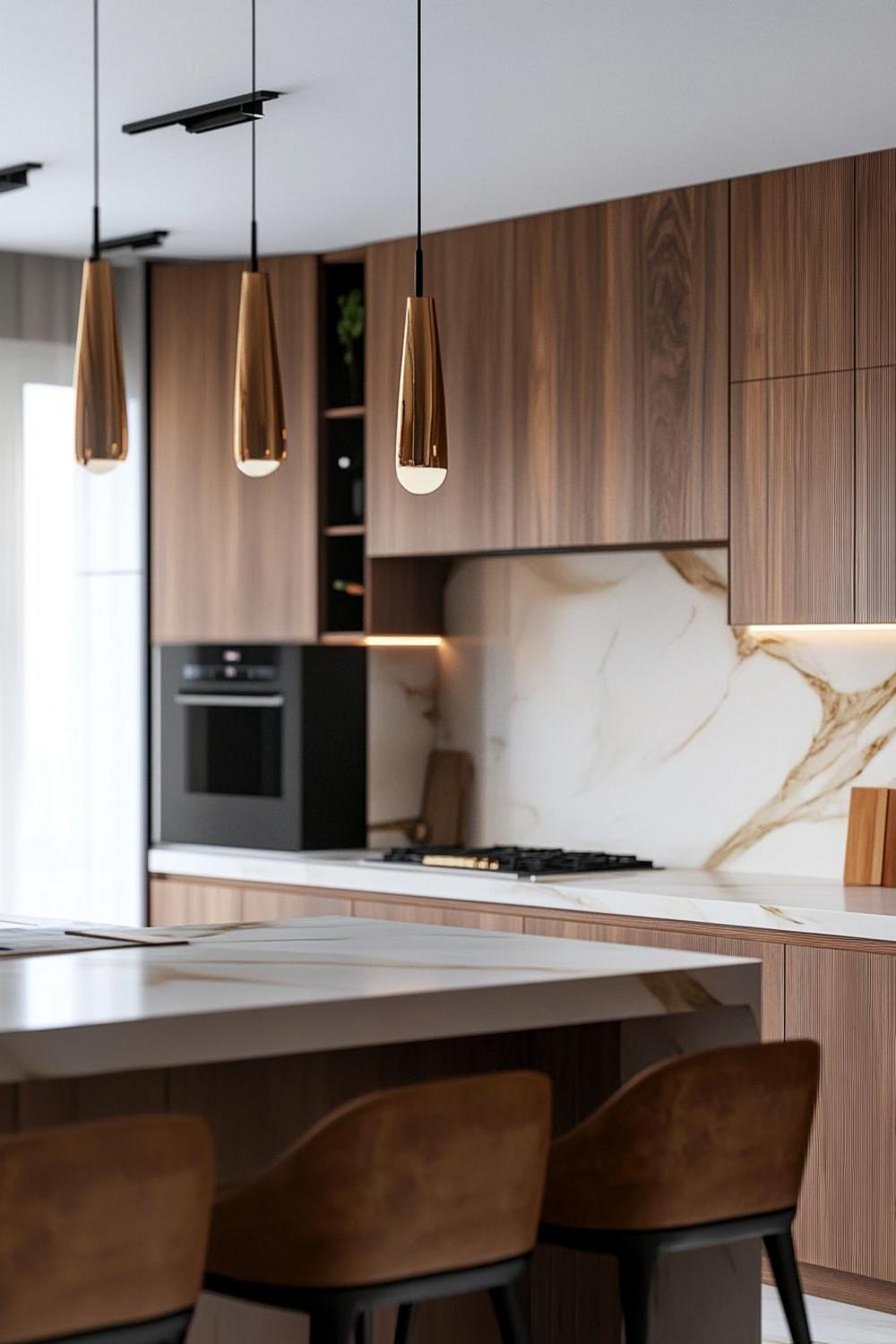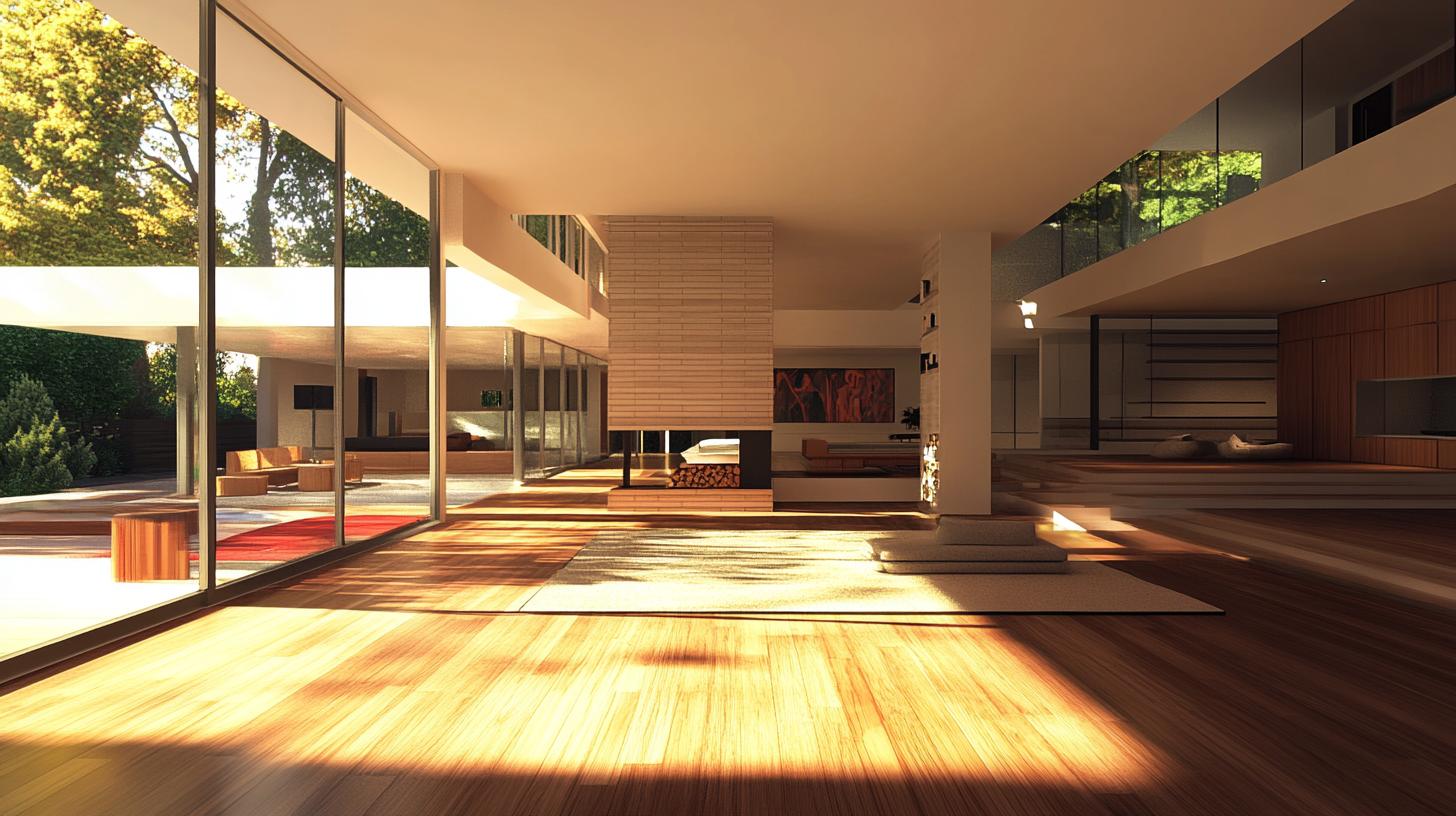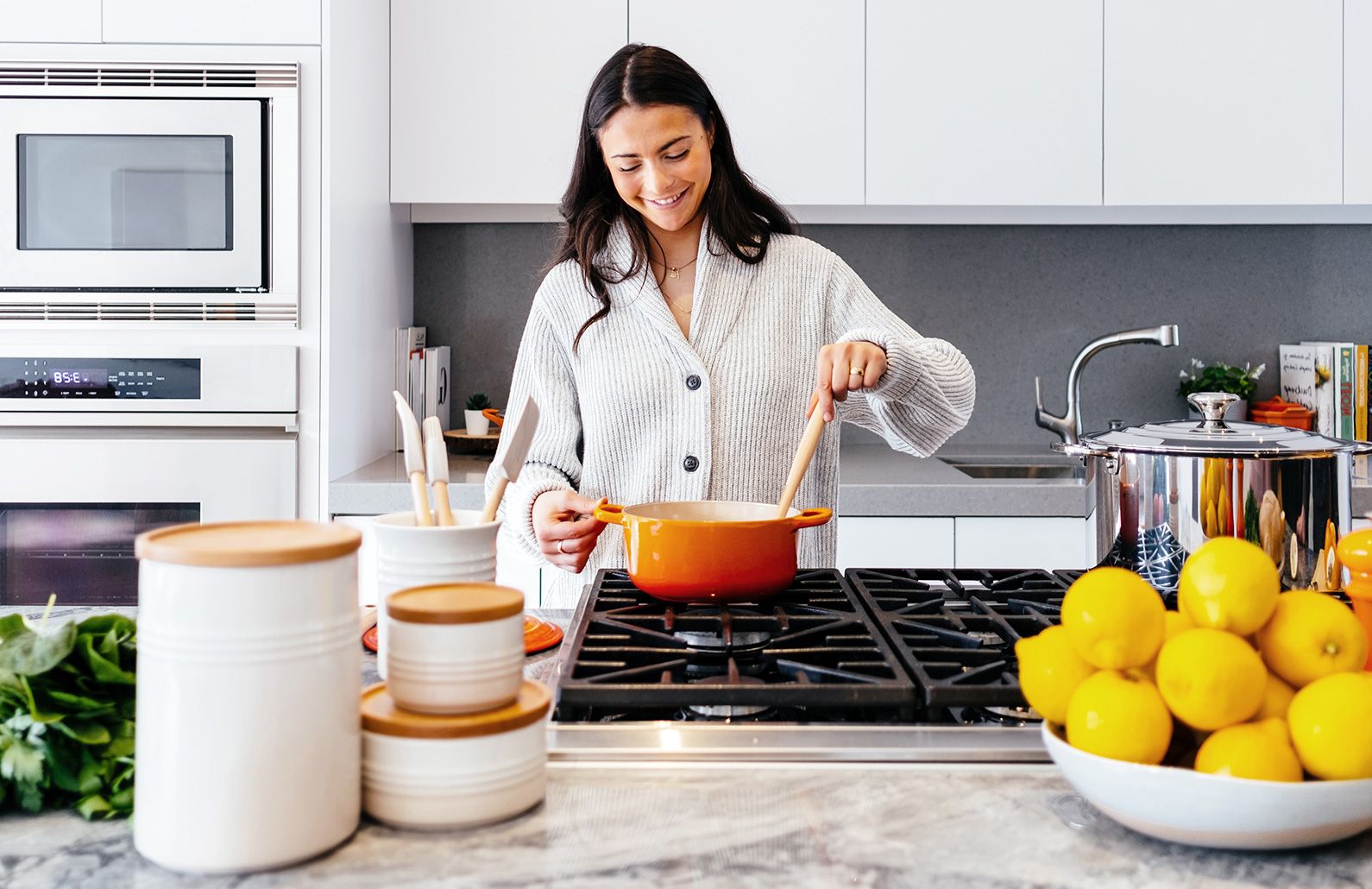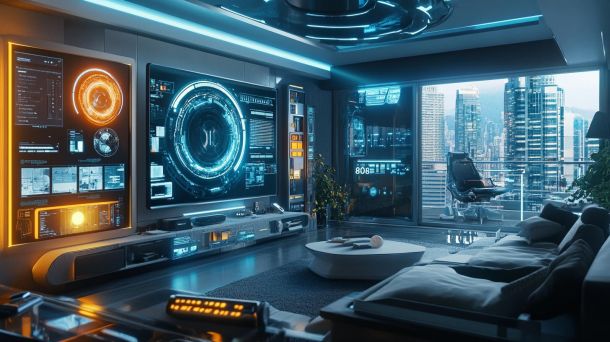Master Functional Layouts: Smart Home Design Solutions for 2025
Understanding Functional Layouts: The Foundation of Smart Home Design
Functional layouts represent more than just arranging furniture—they’re about creating intelligent living spaces that adapt to your family’s dynamic lifestyle! In 2025, home design is all about maximizing efficiency without sacrificing style.

Modern families face unique challenges: balancing work, leisure, and personal space. A truly functional layout considers every square foot as an opportunity for intelligent design. We’ll explore strategies that transform ordinary rooms into extraordinary, multipurpose environments.
Key Principles of Functional Design
- Prioritize flexibility and adaptability
- Create seamless transitions between spaces
- Integrate smart storage solutions
- Maximize natural light and visual flow
Pro Tip: Zoning Your Living Spaces
Create distinct zones within open-plan areas to serve multiple purposes without feeling cluttered. Use area rugs, furniture placement, and subtle visual dividers to define workspace, relaxation, and activity areas.

Innovative Strategies for Implementing Functional Layouts
Implementing a functional layout requires strategic thinking and creative problem-solving. Let’s dive into advanced techniques that will revolutionize your home’s design in 2025!
Multipurpose Furniture: The Game Changer
Invest in furniture that serves multiple functions. Think extendable dining tables, Murphy beds, and modular seating that can be reconfigured based on your family’s immediate needs. These pieces are not just furniture—they’re flexible solutions that grow and adapt with your lifestyle.
Technology Integration in Functional Design
Smart home technology plays a crucial role in creating functional layouts. Consider built-in charging stations, hidden tech nooks, and wireless connectivity that seamlessly blend technology with your living environment.
Design Psychology Insight
Remember that functional doesn’t mean sterile. Incorporate personal touches, family photos, and meaningful artwork to ensure your efficient space remains warm and inviting.
- Use vertical storage to maximize floor space
- Choose furniture with built-in storage
- Create dedicated zones for different activities
- Invest in modular, adaptable design elements
By embracing these functional layout principles, you’ll create a home that’s not just a living space, but a dynamic environment that supports and enhances your family’s lifestyle.




